What we do
We have expertise in:
- animal welfare theory and scientific assessment
- veterinary anaesthesia and analgesia
- neurophysiology
- animal behaviour
- pharmacology
- animal science
- conservation and wild animal welfare
- social science methods
We promote and facilitate humane and responsible interactions with animals. Our approaches are science-based, multi-disciplinary and collaborative.
We achieve this through:
- scientific research
- policy advice
- education
- expert consultation
We also develop and apply ethical principles relating to human-animal relationships.
The team is led by Co-Directors Craig Johnson and Ngaio Beausoleil and Technical Director, Neil Ward.
Our research
We conduct a broad range of research at the Animal Welfare Science and Bioethics Centre that spans various disciplines, contexts and animal types including production, companion, laboratory and wild animals.
Our research contributes to answering six fundamental questions relevant to the ways that people interact with animals and how their welfare might be affected.
Examples of the kinds of research we do in answer to each question are included below. For more information and to explore other research topics and projects, visit our academic staff profiles or contact us.
What is animal welfare?
We primarily use scientific methods to investigate animal welfare states but also explore the underpinning theory of animal welfare and welfare assessment and the ways in which human behaviour can influence animal welfare.
Five Domains Model for welfare assessment
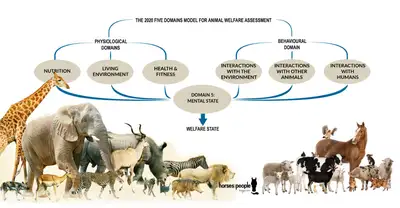
The Five Domains Model was developed within the AWSBC and is useful for guiding systematic and holistic assessments of animals’ welfare states.
The Five Domains has been used to assess the welfare of companion, sport and production animals and captive and free-living wild animals. It is the basis of the welfare assessment component of the Australasian Zoo and Aquarium Association’s Member Accreditation and the World Association of Zoos and Aquariums Animal Welfare Strategy.
Five Domains Model for welfare assessment
Other examples
What can animals experience?
For example, there is strong evidence that mammals, birds, fish and other vertebrates can experience pain, but can they feel boredom, loneliness, security or excitement?
We use scientific methods to explore which animals are capable of which experiences.
Can birds feel breathless?
Every year, millions of poultry are exposed to gas mixtures for stunning before slaughter.
This exposure causes unpleasant respiratory sensations in mammals, but we don’t know whether birds, with their unique respiratory system, are capable of similar experiences.
In collaboration with colleagues in the UK, we are exploring this possibility to ensure that pre-slaughter stunning of poultry is as humane as possible.
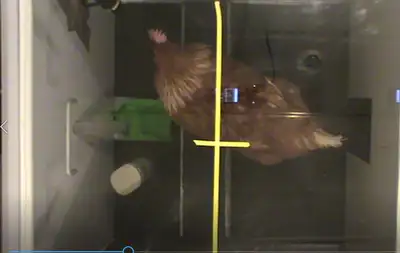
Other examples
- Do rats feel bored when we give them the same task to do over and over?
How can we recognise animals’ experiences?
We explore and validate a range of behavioural, physiological, biochemical, neurophysiological and histological indicators to help us better recognise animals’ experiences such as:
- pain
- fear
- breathlessness
- thermal discomfort
- sickness.
Gene expression as a biomarker of pain in calves
Removing tissues like horn buds causes damage and pain behaviour in calves. An objective indicator of the intensity of pain caused by different disbudding methods and the efficacy of pain-relieving drugs is needed.
We evaluated patterns of gene expression in blood cells of calves disbudded with or without analgesia. Differences were found in the pattern of gene expression following disbudding and when calves received analgesia. Blood biomarkers offer a promising method to quantify pain and its relief in farm animals.
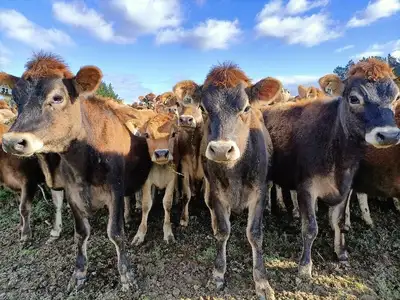
When are those experiences happening?
Once we have determined which pleasant and unpleasant experiences a particular kind of animal can have – and validated ways to recognise those experiences – we can use indicators to identify situations in which those experiences arise and can compromise or improve animal welfare.
Does electrical stunning protect crayfish welfare?
Crustaceans such as crabs and lobsters are capable of experiencing pain and other negative sensations.
To ensure that they don’t have such experiences when they are killed, they must be first be stunned.
We measured electrical activity in parts of anaesthetized crayfish’s nervous systems to determine whether stunning using a commercial Crustastun™ device was effective.
All crayfish that fit into the device were immediately stunned or killed, meaning it can be used to safeguard crayfish welfare and restauranteurs can show they are adhering to the NZ Code of Welfare for Commercial Slaughter.
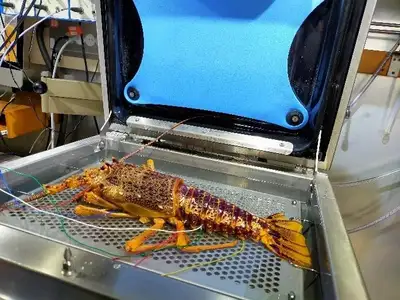
How can we reduce unpleasant experiences and increase pleasant experiences?
A key focus for this research is reducing pain associated with damaging husbandry procedures like tail docking and de-horning.
Investigations to reduce pain include fundamental studies on the effects of analgesic and anaesthetic drugs on the body (pharmacodynamics) and the effects of the body on the drugs (pharmacokinetics). We also develop novel methods for delivering drugs to the target tissues or prolonging their effectiveness to reduce the experience of pain.
Injectable hydrogels for the slow release of analgesic drugs in birds
Birds metabolise drugs very quickly meaning that their pain-relieving effects don’t last long, or that repeated handling is required to maintain analgesia.
We developed injectable hydrogels to slow the release of analgesic drugs. In vitro studies were used to evaluate drug release from the gels which were then injected into chickens. Hydrogel delivery was found to provide an effective concentration of pain relief for much longer than injecting the drug alone.
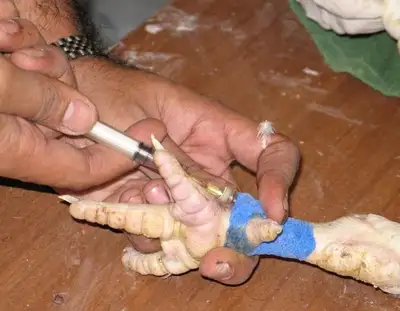
How do human values, attitudes, behaviour and systems influence animal welfare?
Because people have different beliefs about what is acceptable or best for animals, their behaviour towards animals and their impacts on animal welfare can vary.
Understanding these human factors is critical to safeguarding and improving animal welfare, and social science methods are often the best way to develop this understanding.
How cat owners make end-of-life decisions with their vets
Cats are the most common companion animals in New Zealand and advances in veterinary care mean that cats are living longer.
We interviewed owners to understand their experiences and expectations of their vets during end-of-life decision-making for their cats. We found that owners appreciated the expertise and validation of their veterinarian and that strong vet-client relationships were important to making these difficult decisions easier.
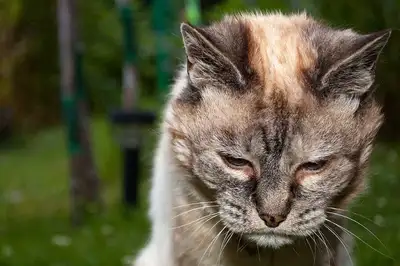
Study with us
We offer a range of undergraduate and postgraduate options in a supportive environment focusing on quality education and training in animal welfare science.
Explore by area of interest
A selection of qualifications relating to Animal Welfare Science and Bioethics
Study animal science
Study animal science at Massey to improve the health, productivity and wellbeing of animals we rely on for companionship, for food, or for sports.
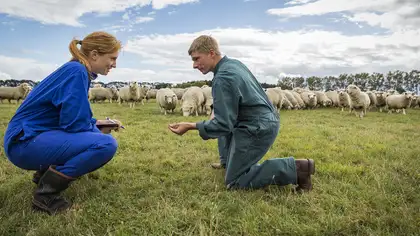
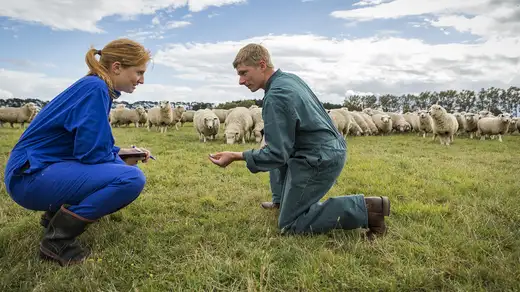
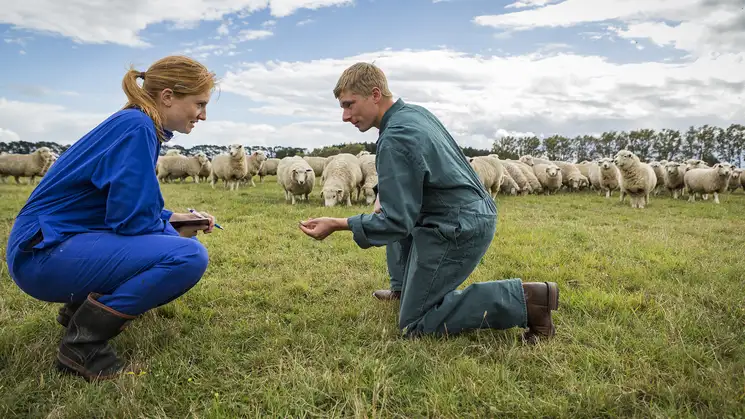
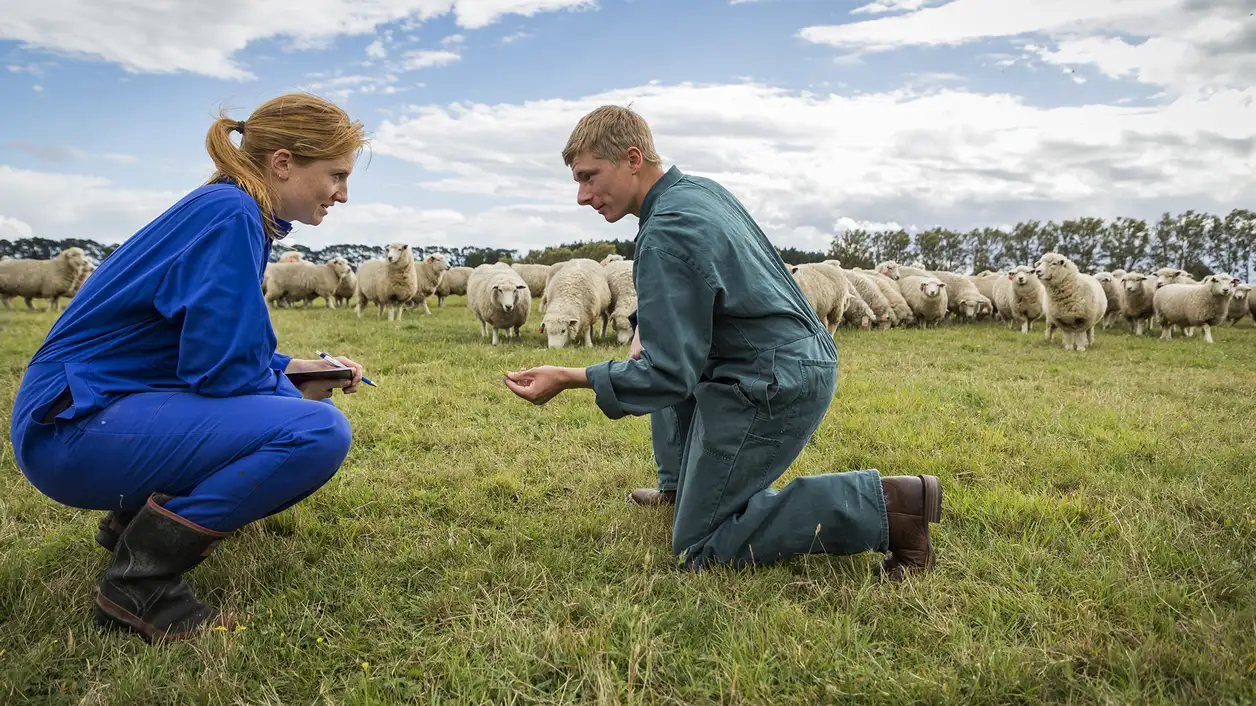
Study veterinary science
Study at Massey to get hands-on experience in specialist vet clinics for cats and dogs, farm animals, horses and wild birds. Enrol today.
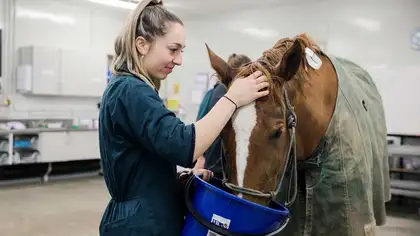

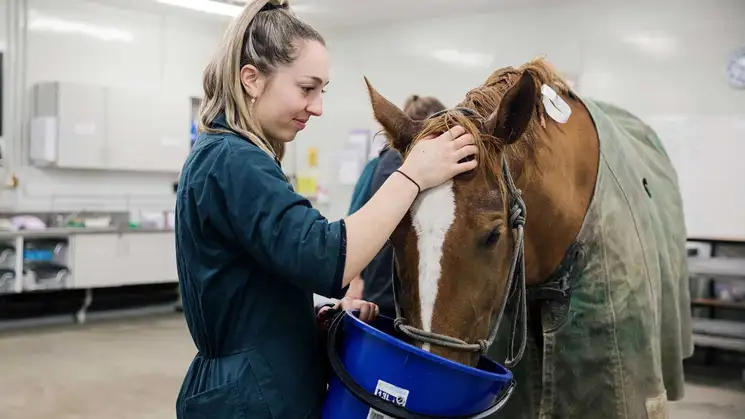
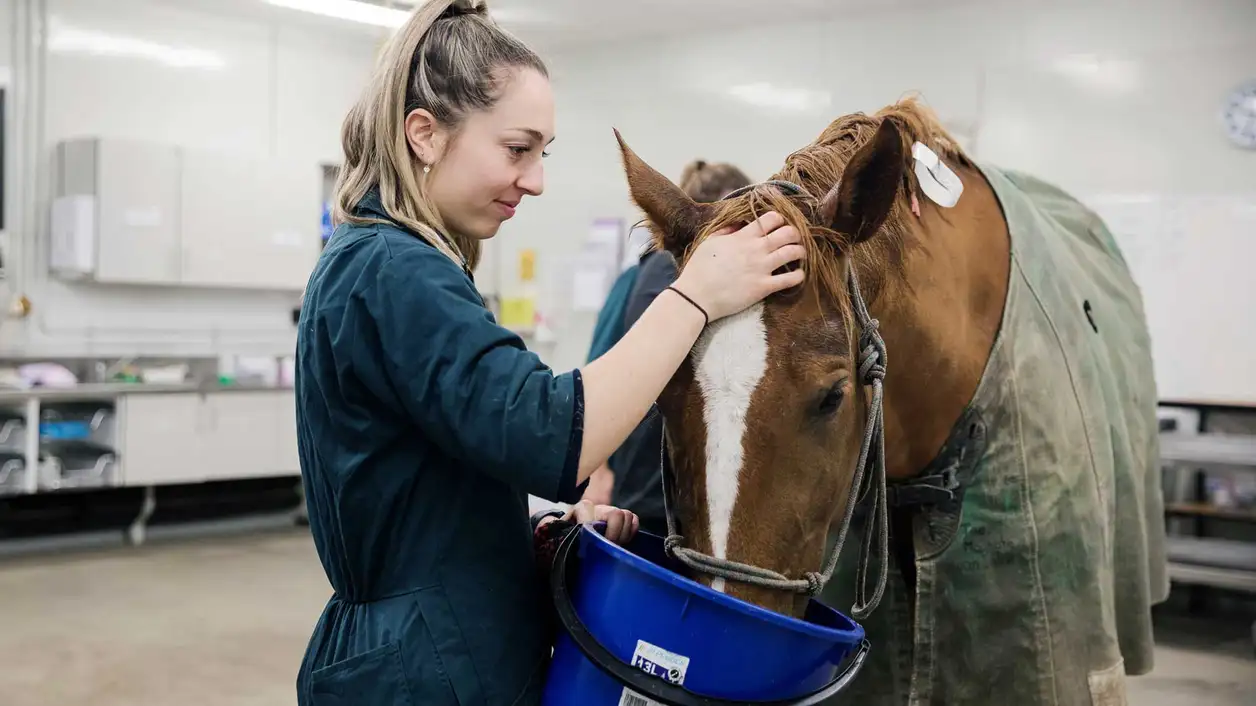
Who we are
AWSBC is part of the School of Veterinary Science at Massey in Palmerston North.
At the AWSBC we foster collaboration and inclusiveness in research, scholarly, regulatory and other activities. This means forming multi-disciplinary teams that are tailored to meet the needs of each project.
Academic staff

Associate Professor Ngaio Beausoleil

Professor Craig Johnson


Dr Kavitha Kongara





Technical staff



Erin Willson


Mohan Ponnampalam
Animal Welfare Officer

Juliet Cayzer
Our partners
AWSBC is a partner in the Australasia WOAH Collaborating Centre for Animal Welfare Science and Bioethical Analysis (The David Bayvel Consortium)
Other centre partners are:
- AgResearch Animal Behaviour and Welfare Research Centre (New Zealand)
- Animal Welfare Science Centre, University of Melbourne (Australia)
- Centre for Animal Welfare and Ethics, University of Queensland (Australia)
- Animal Behaviour and Welfare FD McMaster Laboratory, CSIRO (Australia)

Animal Welfare Science and Bioethics Centre
Ngaio Beausoleil and Craig Johnson
The centre focuses on animal welfare in a range of human-animal interactions. This includes the use of animals in research, teaching, testing, on farms, in the home, for sport, recreation and entertainment, in service roles, zoos and the wild.
Contact us
We prefer email contact to both co-directors together at: N.J.Beausoleil@massey.ac.nz and C.B.Johnson@massey.ac.nz.
Animal Welfare Science and Bioethics Centre
- Phone
- Location
Postal address
Animal Welfare Science and Bioethics Centre
School of Veterinary Science
Private Bag 11-222
Palmerston North 4442
New Zealand

